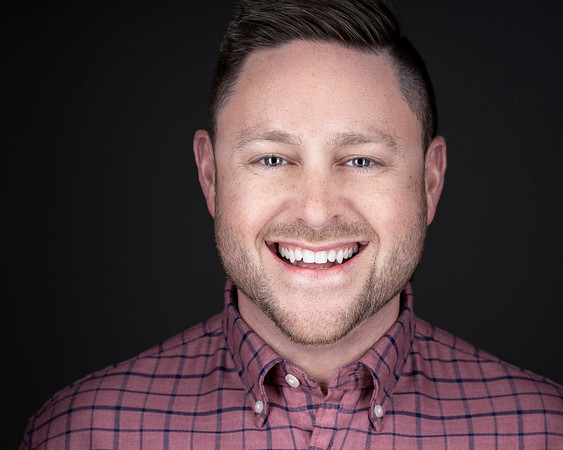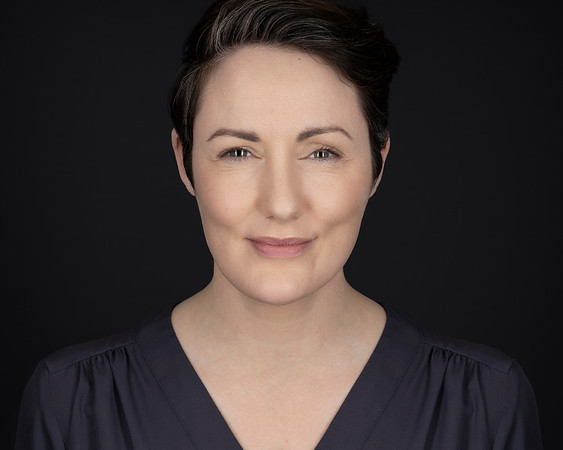- Messages
- 8,322
- Name
- Ian
- Edit My Images
- No
With the first "profits" I receive from my new side-business, I'd like to upgrade my lights.
I have 2 x Bowens GM500s with (third party) in-line radio receivers and a Lencarta Smartflash 4
The Bowens are triggered by el-cheapo chinese transmitters and the Lencarta flash is triggered by the transmitter that I bought at the same time as the flash (can't remember its name).
All my modifiers are Bowens S fit - 5 different ones.
I run 2-3 lessons using the lights, and one workshop, so it won't just be to have them sit around for the odd occasion I want to practise.
My issues...
The head units are heavy, especially with modifiers and all my students have to be really careful around them. I use mid range stands as a balance between portability and sturdiness. I do have a C stand which is rock solid, but has to be carried separately, necessitating 3 trips from car to classroom. The distance is quite a way.
The GM500s and Smartflash work differently which causes issues explaining operation to a large group (time lost). It's a lot to take in all at once for some people, but it would be good to have three same-brand lights that all work the same.
The Smartflash 4 attachment to the stand feels very insubstantial and won't support heavier modifiers. It just droops like a bad tripod joystick head.
Power cables all over the place.
It's a massive heavy kit to move. 3 head units, 3 stands, plus modifiers. To be clear, I split the class into 3 groups and give them all single light setups with different modifiers so they can see the differences.
All three kits need to be in separate rooms to avoid the flash from one setup triggering another.
I've been looking at the AD200 as a much smaller, lighter, battery powered unit. A couple of spare batteries should see me right. Built in receiver too. I couldn't find whether they can be attached to standard S fit modifiers though... I love the idea of portability which would mean the ability to do outside photography with fill flash. Budget is around the AD200 mark. I'm not looking to spend thousands.
Am I heading down the right road here, or are there other solutions?
Thanks in advance,
Ian.
I have 2 x Bowens GM500s with (third party) in-line radio receivers and a Lencarta Smartflash 4
The Bowens are triggered by el-cheapo chinese transmitters and the Lencarta flash is triggered by the transmitter that I bought at the same time as the flash (can't remember its name).
All my modifiers are Bowens S fit - 5 different ones.
I run 2-3 lessons using the lights, and one workshop, so it won't just be to have them sit around for the odd occasion I want to practise.
My issues...
The head units are heavy, especially with modifiers and all my students have to be really careful around them. I use mid range stands as a balance between portability and sturdiness. I do have a C stand which is rock solid, but has to be carried separately, necessitating 3 trips from car to classroom. The distance is quite a way.
The GM500s and Smartflash work differently which causes issues explaining operation to a large group (time lost). It's a lot to take in all at once for some people, but it would be good to have three same-brand lights that all work the same.
The Smartflash 4 attachment to the stand feels very insubstantial and won't support heavier modifiers. It just droops like a bad tripod joystick head.
Power cables all over the place.
It's a massive heavy kit to move. 3 head units, 3 stands, plus modifiers. To be clear, I split the class into 3 groups and give them all single light setups with different modifiers so they can see the differences.
All three kits need to be in separate rooms to avoid the flash from one setup triggering another.
I've been looking at the AD200 as a much smaller, lighter, battery powered unit. A couple of spare batteries should see me right. Built in receiver too. I couldn't find whether they can be attached to standard S fit modifiers though... I love the idea of portability which would mean the ability to do outside photography with fill flash. Budget is around the AD200 mark. I'm not looking to spend thousands.
Am I heading down the right road here, or are there other solutions?
Thanks in advance,
Ian.




